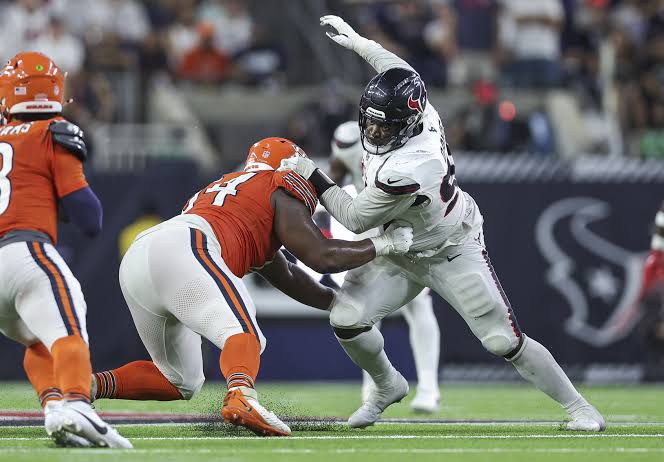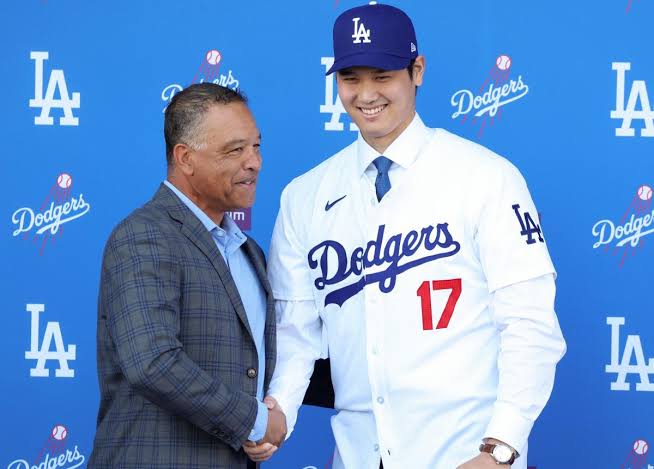Breaking: Chicago Bears’ TopTrade Targets: Which Positions Needs Improvements?
The Bears are in a different stage of development.

Anyone hoping they’ll get involved in the trading “frenzy” prior to the Nov. 5 deadline must realize progress has occurred and they should temper their expectations.
When they were in Year 1 and struggling under GM Ryan Poles and coach Matt Eberflus, it was a selloff. When a team is gutting the roster, anything goes.
They sent Roquan Smith and Robert Quinn elsewhere for draft picks and mistakenly traded a draft pick for Chase Claypool.
In Year 2, still with several real needs, they dealt away only a second-round pick to acquire the basis of their pass rush in a move of sheer brilliance, and they came away with Montez Sweat. This was a huge need as they were defending passes well but couldn’t rush the passer. That ended with Sweat’s arrival.
The team is on the rise with a new quarterback, a few new receivers and a more stable offensive line. The defense is top-7 heading into Week 7.
Obvious pressing needs no longer exist.
The salary cap is a concern, with only $6.2 million available, the 22nd most. With 11 games still to play, there is a possibility they’d need to pick someone up to replace an injured player, and the way to get someone of value in that manner after trade deadline is pay for it among street free agents or the waiver wire scrap heap. So they’d need some of that cash instead of throwing it away by bringing in a player through trade to address a need that isn’t really apparent now.
Bringing in players through trade with bigger salaries for this year is difficult, though not impossible, by using future years to shoulder the deal’s load. A good number of players traded at the deadline are looking for new deals next year, anyway.
Still, trading for someone with value while possessing $6.2 million in space is walking the tightrope.
The bigger factor influencing trades is simply the team’s situation.
Their biggest need is to play more games together and figure it all out on the field now because they have a young quarterback and numerous players added to the mix within the last year. Throwing in more and different players isn’t a priority and can even be disruptive, slowing the development of the current group.
The only real need is depth when a team reaches Year 3 of a rebuild and is making noise about challenging for the playoffs. An injury can be a disaster at this stage.
Trading away players usually means acquiring draft picks. The Bears needed draft picks in Year 1 because they had only two on the first two days of the draft when real talent is available. Last year they could use picks, as well, because they still had big roster holes and had gone a few years with fewer picks.
In Year 3, acquiring more draft picks by giving away players they have who provide depth defeats the purpose of winning games now. The depth is there to help win now. Draft picks in the future? They have those in sufficient numbers already. They have a first, two seconds, a third and two fifths next year. Getting more picks isn’t a priority. It would be more about using the picks they have to get high-quality players to fill the few holes they might have on the roster.
They have several players who are free agents next year and could leave without the team getting compensation in free agency, Khalil Herbert, Teven Jenkins and Keenan Allen among them. That’s the way things go in the NFL when you have a better team. It’s why they have compensatory draft picks. Why trade the depth now when you have plenty of draft picks already next spring to restock depth—or even free agency in the Bears’ case with $73 million available (the eighth most)?
Trading needed talent for picks is low priority. Making sure depth exists to make a run at the playoffs is high priority.





